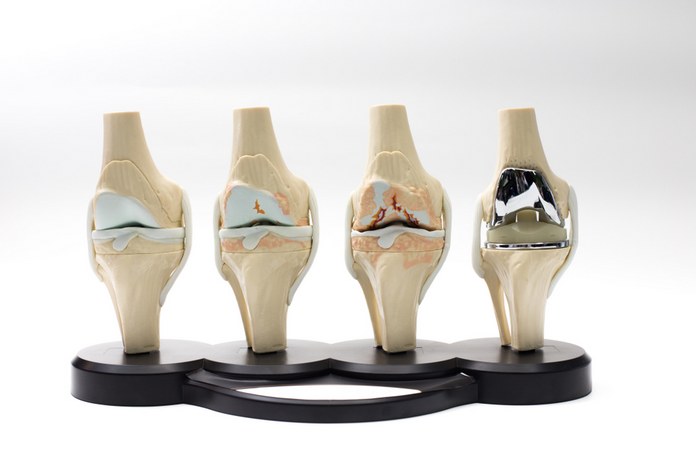Medical history

When a doctor evaluates knee pain, they will ask about different pain features and other associated symptoms. Your age is essential for the diagnosis, as well as the type of physical activity you usually do and any previous diagnosis. To create your medical history, the doctor may ask a few questions about your symptoms:
- Knee pain location: Pain can be located anteriorly, in the medial or lateral side of the knee. Each location has a distinct diagnosis. For instance, anterior knee pain can be triggered by patella fractures. It’s not uncommon for knee pain to be located along the medial side of the knee, but this can be due to the bony prominence of the medial condyle. Lateral knee pain can also be caused by an injury to the lateral meniscus, which is a major shock absorber of the knee and can cause significant pain and dysfunction. It is most commonly seen in younger individuals and those who play sports that require a lot of jumping or cutting motions. So, knee pain location will rule out many differential diagnoses.
- Quality of pain (dull or sharp): Sharp pain is more likely to be a sign of inflammation or nerve damage, whereas dull aches can be due to chronic damage to the knee structures. Dull pain may also be related to poor circulation and some types of nerve-related damage. Pain that comes and goes (intermittent) is more likely due to chronic health problems, as it happens with arthritis flare-ups.

